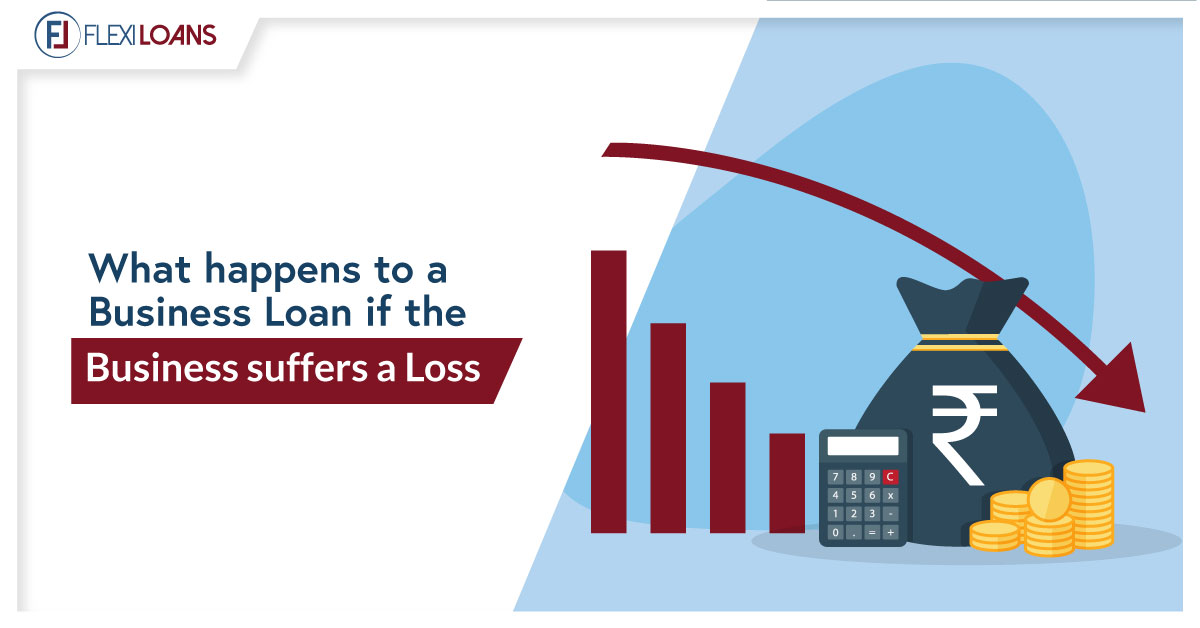Sep 18, 2019
Jun 23, 2025

Starting a business is not an easy task and one of the major requirements is to seed-money. Resources are very important to be able to set up a large-enough business, market it properly and have enough employees. It is rare for people to have enough seed-money themselves, and hence need loans. It is equally difficult to keep your business going and enjoy regular profits.
Having a business loan to repay, in itself, is a daunting thought, added to the tensions and problems of running the business. However, tough times that a business faces make it difficult to pay back business loans, and survive through losses or unprecedented situations. Recently, in the wake of COVID-19, businesses all over the world have been gripping to cover losses and make ends meet. Most countries are facing extended lockdowns, where businesses are shut for weeks on end, and in times like this it is very essential to know how to deal with losses and attempt to mitigate the situation.
At such times, one is faced with the dilemma between retaining funds to boost the business, or to pay to required loan amount timely. Defaulting on a loan should be avoided as much as possible, not only to properly meet the bank requirements but also to have own peace-of-mind.
This article lists out such options to deal with loan defaults. It also briefly explains some financial management tips to avoid situations of loan default.
As soon as the lender anticipates a situation where the loan may be converted into a non-performing asset, it presents possible measures to the borrower to continue regular repayment. Only after these options are exhausted, does the lender begin active recovery.
# DEFERRING THE PAYMENT
If the lender considers the conditions are valid enough, then that particular EMI or amount in the pre-decided loan payment cycle may be postponed. Moreover, this additional time period does not imply additional interest. Hence, this is a convenient option, at no additional cost, if you know that the business will pick up soon.
# REDUCING THE EMI
This is an option where the amount for each monthly installment is reduced, to an amount that is convenient for the borrower, not just at present, but based on the anticipation of how the business is going to perform over the period of time that coincides with the loan repayment cycle. This overall reduction, hence, will increase the overall tenure of the loan. This, in turn, will have implications on the interest. This option should thus be availed when you know that you will be able to pay smaller amounts for some time.
# LOAN RESTRUCTURING
Some of the terms and conditions of the loan may be revised. These could include a reduction in the rate of interest or changing the moratorium. This is useful when a slight relaxation in loan repayment is needed.
# ONE-TIME SETTLEMENT
Finally, it is possible for a borrower to opt for settling the entire loan amount in one payment itself, instead of small EMIs. Within one-time settlement (OTS) also, there are different options – the payment maybe 100% of the loan amount at one time, or anything between 25-100%. Lenders prefer this as a last option, as it reduces their own profit.
In the situation where a deferment cannot be avoided though, do seek legal advice to clearly and more deeply understand your rights and options, and to get help in technical communication with the lender.







